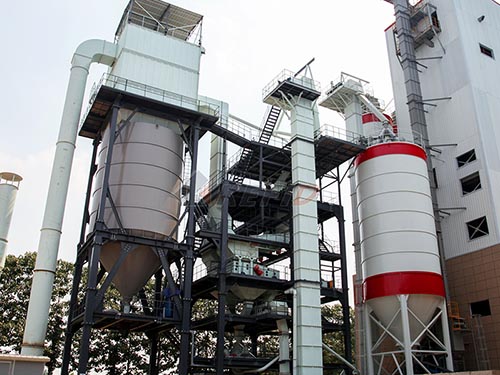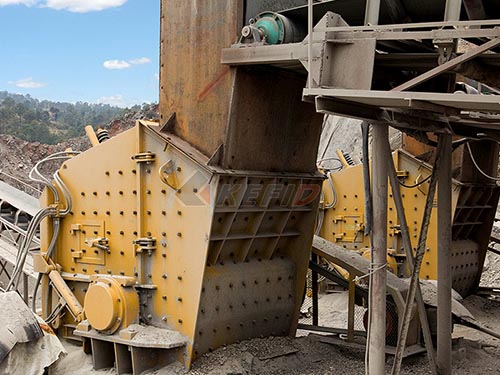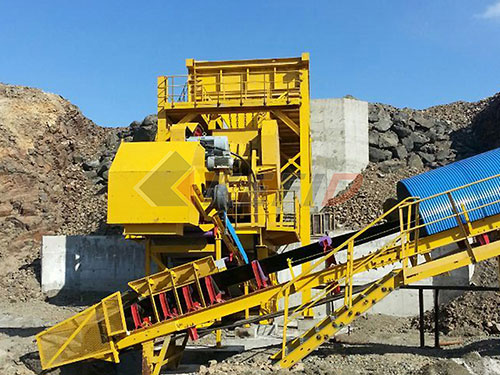The Unseen Engine of Soil Regeneration: Demystifying the Compost Organec Crusher
In the burgeoning global movement towards sustainable waste management and regenerative agriculture, efficient processing of organic matter stands as a critical frontier. While composting itself is an ancient practice, modern challenges demand modern solutions – solutions that accelerate decomposition, enhance output quality, and manage ever-increasing volumes of organic waste efficiently and hygienically. Enter the Compost Organec Crusher, a powerful piece of machinery often operating behind the scenes but playing an indispensable role in transforming raw organic waste into valuable soil amendments.
Beyond Shredding: Understanding the Organec Crusher’s Core Function

At its essence, a Compost Organec Crusher is not merely a shredder; it’s a sophisticated processor designed specifically for the demands of large-scale composting operations – municipal facilities, commercial farms, food processing plants, and dedicated composting sites.
1. Precision Particle Size Reduction: Unlike basic garden shredders that might handle branches or leaves inconsistently, an Organec Crusher excels at reducing diverse organic feedstocks – food scraps (including bones and pits), green waste (lawn clippings, prunings), agricultural residues (straws stalks), manure solids (cow/horse/chicken/pig), digestate from biogas plants – into a uniform particle size.
Why Uniformity Matters: Consistent particle size is paramount for efficient composting.

Increased Surface Area: Smaller particles dramatically increase the surface area available for microbial colonization and enzymatic breakdown.
Optimal Aeration & Moisture: Uniformity ensures air can permeate the pile evenly during turning/aeration processes and water distribution is consistent throughout.
Homogeneous Mixture: It facilitates thorough mixing of different feedstock types (greens/browns) for balanced Carbon-Nitrogen ratios.
Faster Decomposition: Enhanced microbial activity on increased surface area leads directly to accelerated thermophilic phases and overall composting time reduction.
2. Robust Construction & Power: Designed for industrial duty cycles:
Heavy-Duty Cutting Mechanisms: Employing hardened steel blades or hammers mounted on high-torque rotors capable of pulverizing tough materials like fibrous stalks, woody branches up to specific diameters (~3-6 inches depending on model), avocado pits, coconut shells, bones from slaughterhouse waste.
High Torque Motors: Powerful electric or diesel engines provide the necessary force to crush dense materials without st

Leave a Reply